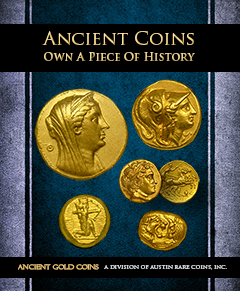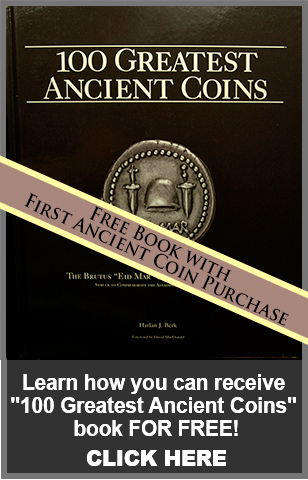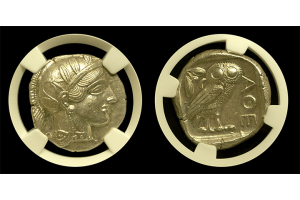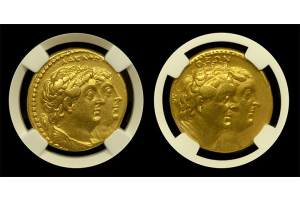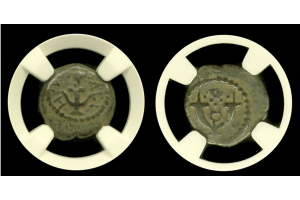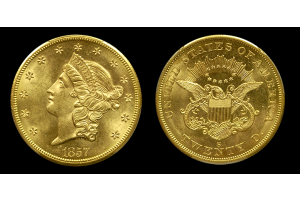The Rise of Ancient Athens
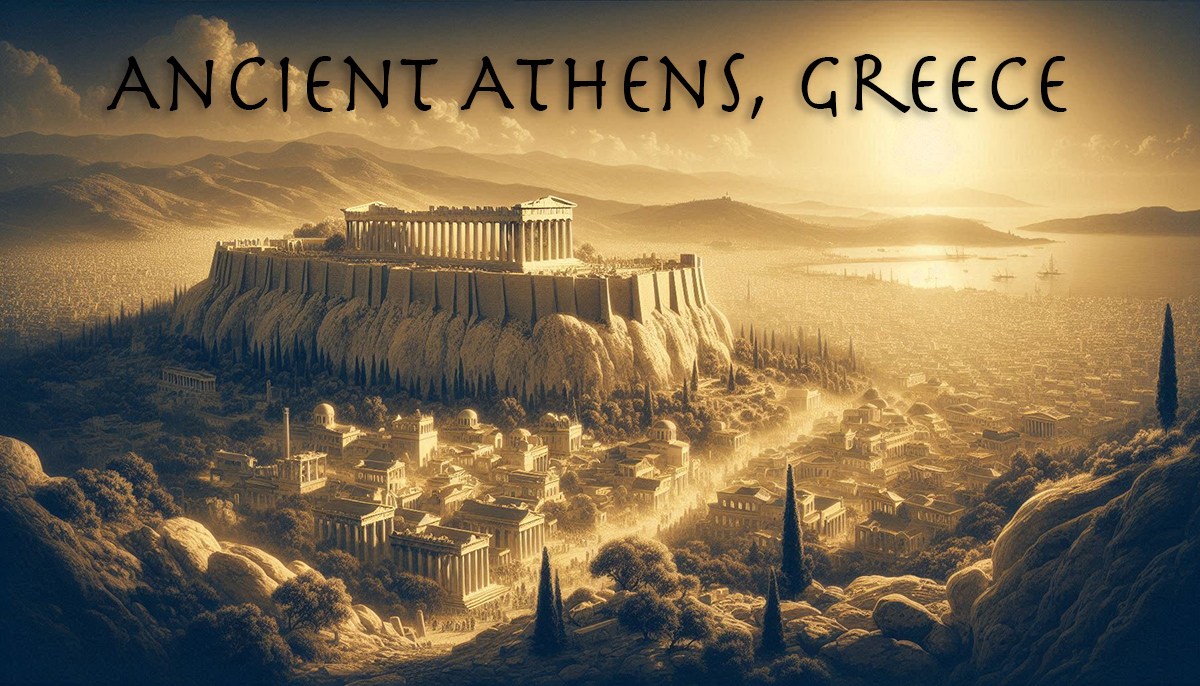
The rise of Athens began as a modest city-state. However, it quickly rose to power through trade, innovation, and strategic alliances. Located in Attica, Athens benefited from its nearby port, Piraeus, which allowed steady contact with other Mediterranean cities.
Eventually, Athens became a dominant force in Greek politics and culture. With growing wealth, Athenians invested heavily in art, architecture, and philosophy. The city’s democratic reforms, led by figures like Solon and Cleisthenes, allowed wider citizen participation.
As military strength grew alongside civic pride, so did Athens's influence across the Greek world. Consequently, these developments laid the groundwork for the city's iconic imagery.
Why the Owl? A Symbol of Wisdom and Power
The owl became Athens’ most recognized symbol. It represented Athena, the city’s patron goddess of wisdom and warfare. Additionally, the owl’s keen night vision made it a natural emblem of insight and intelligence.
Because Athena was central to Athenian identity, her sacred bird appeared everywhere. For example, temples, pottery, jewelry, and official seals featured the owl. Eventually, the owl also adorned coins, linking commerce with divine protection.
As Athenian culture spread, the owl became known far beyond Greece. Therefore, merchants and travelers carried this powerful image across the ancient world.
Athens’ Legendary Leaders
Athens thrived under remarkable leaders. First, Solon reformed laws to ease class tensions and expand political rights. He canceled debts and banned debt slavery, earning broad support.
Later, Cleisthenes restructured the government. He created new tribes and councils, giving more citizens a political voice. As a result, these early reforms laid the democratic foundation Athens later celebrated.
Pericles, perhaps the most famous Athenian, ushered in a golden age. He promoted the arts, funded massive building projects, and strengthened the navy. Consequently, under his leadership, Athens became a cultural and military powerhouse.
Coins as Propaganda and Practical Tools
By the 5th century BCE, Athens issued silver tetradrachms featuring the owl. On one side stood Athena’s profile; on the other, her sacred bird. These coins became widely accepted in the Mediterranean.
Athenian silver, mined in Laurium, backed the city’s economy. Traders trusted the coins because of their consistent purity and weight. As a result, owl tetradrachms spread Athenian influence with every transaction.
More than currency, these coins symbolized pride and power. Therefore, the owl told the world that Athens ruled not just by force, but by wisdom.
The Religious Meaning Behind the Owl
The owl did not only symbolize wisdom. It carried deep spiritual meaning for Athenians. As Athena's sacred animal, it was present in rituals and religious ceremonies.
Priests interpreted owl sightings as omens. A sudden appearance before battle often foretold victory. Because of this, the bird became both protector and prophet.
Therefore, temples often included owl imagery in their design. Athenians believed this would attract divine favor and guide their decisions.
Art and Architecture in Athena’s Image
Athens built grand monuments to honor its patron goddess. The Parthenon, perched on the Acropolis, stood as the city’s crown jewel. Inside, a massive statue of Athena dominated the space.
Owl motifs appeared throughout Athenian art. Pottery, mosaics, and sculpture all featured the wise bird. Consequently, artists used these images to celebrate knowledge, foresight, and protection.
Because these symbols were so common, even foreigners identified the owl with Athens. Thus, the artistic legacy of this connection remains visible in museums today.
Naval Power and the Delian League
Athens used its powerful navy to protect trade and enforce influence. Following Persian invasions, it formed the Delian League, a defensive alliance with other city-states.
Eventually, Athens controlled the league's treasury and operations. As a result, allies became subjects. The owl on coins now stood for authority as well as wisdom.
Furthermore, navy-funded tribute flowed into Athens, enriching the city. Military and economic dominance allowed the owl to fly further, stamped into coins used throughout the region.
The Peloponnesian War and Athenian Decline
Not all city-states welcomed Athenian dominance. Sparta, Athens’ main rival, pushed back. Tensions erupted into the Peloponnesian War, which lasted for decades.
During the war, Athens faced plagues, sieges, and failed expeditions. Despite Pericles’ leadership, internal strife and external threats wore down the city.
Eventually, Sparta defeated Athens. Although the owl endured on coins and temples, Athens' influence began to fade. Nevertheless, the ideals it embodied survived.
Why the Owl Endured Through the Ages
Even after Athenian power waned, the owl remained a strong symbol. Romans copied Athenian coins and art, adopting both Athena and her bird.
Scholars in the Renaissance admired classical wisdom. They revived ancient symbols, including the owl, in their works. In fact, artists used it to signal knowledge and insight.
Today, the owl still appears in academic and cultural settings. Consequently, it represents critical thinking, reflection, and historical legacy. From temples to textbooks, its message continues.
Legacy of Athenian Symbols in Modern Culture
Modern societies still draw from Athenian ideals. Democracy, education, and civic duty echo through the centuries. The owl remains a visual link to those principles.
Although the ancient city changed, its cultural impact persists. Therefore, universities, currencies, and even government buildings often borrow Athenian themes.
As long as wisdom holds value, so will Athena’s owl. It serves as a timeless reminder of a city that shaped the Western world.
Conclusion: The Enduring Wisdom of the Owl
The rise of Athens is one of resilience, brilliance, and symbolism. The owl, its most enduring icon, reflects a legacy that shaped civilization. From ancient coins to modern classrooms, its wings carry the wisdom of an empire that dared to think differently.
If you want to hold a piece of that legacy in your hands, Austin Rare Coins & Bullion offers authentic Athenian coins featuring the iconic owl. These tangible artifacts tell the story of Athens, and they remain powerful symbols of insight, strength, and history.
Visit us today at AustinCoins.com or call 1-800-928-6468 to secure yours.




